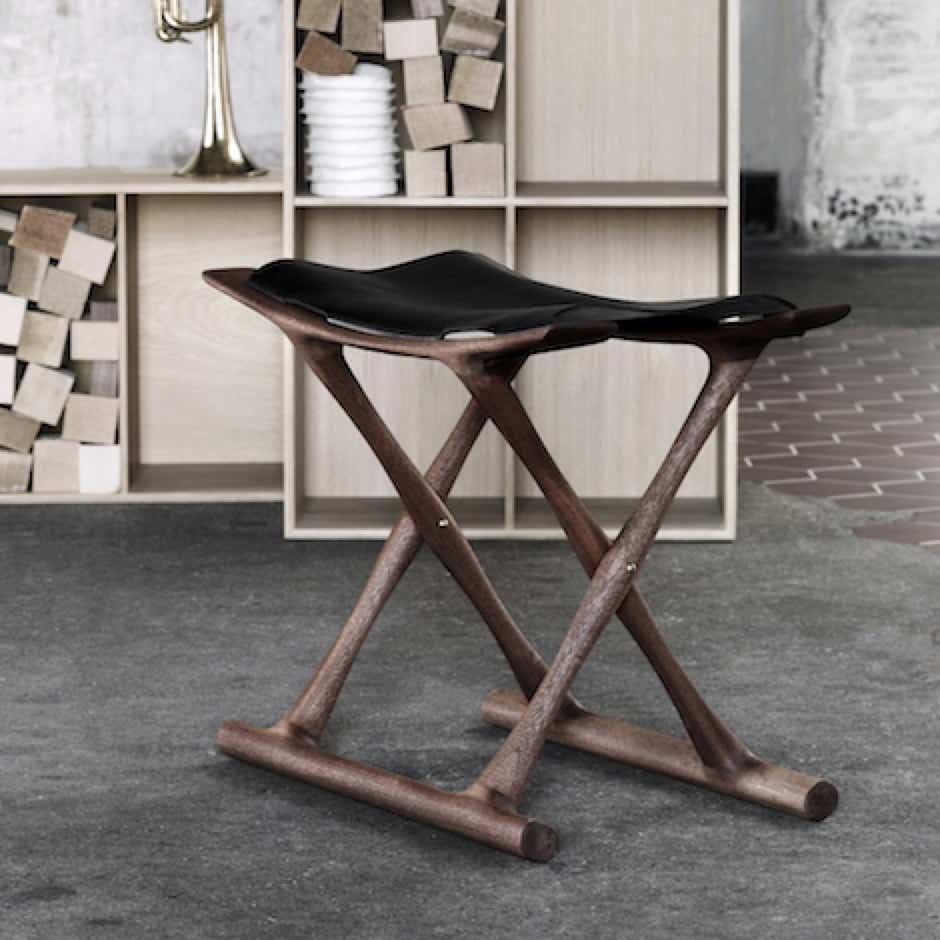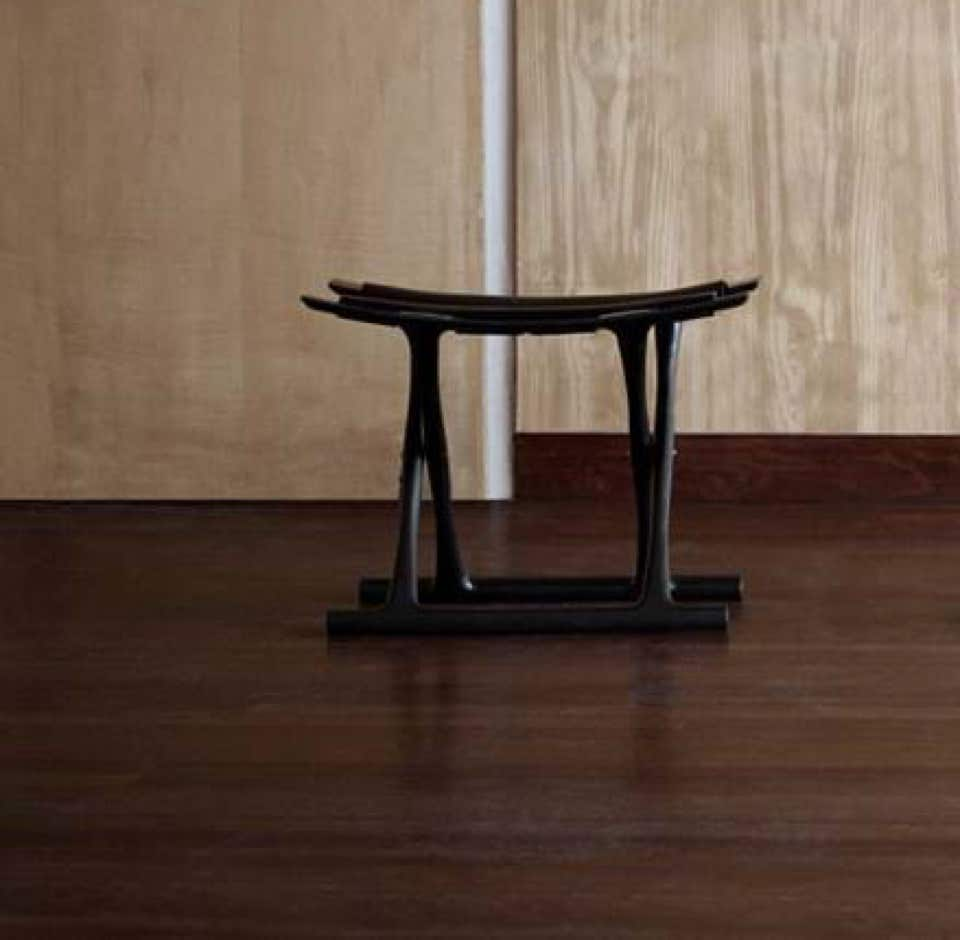Home > Carl Hansen > Stools and Benches > OW2000 Egyptian Stool
Home > Carl Hansen > Stools and Benches > OW2000 Egyptian Stool
15% off with DESIGN15
Ole Wanscher designed the Egyptian folding stool inspired by ancient Thebes. Although slender in line, it inspires dignity and power. Its construction and finishing details make it a remarkable product. The stool folds up with the structure. Available in oak, with three leather colors.


Dimensions 55 x 30 x H41 cm
Frame solid wood
Seat saddle leather
Stool – OW2000
from
Oiled oak / black leather
White oiled oak / black leather
Soaped oak / cognac leather
Free Wood / Upholstery samples (against deposit)
Soaped oak
White oiled oak
Oiled oak
Clear lacquered oak
Black painted oak
(wood grain visible)
Black leather
Natural leather
Cognac leather
Ole Wanscher

Ole Wanscher (1903-1985) was integral to the core aesthetic and functionality of modern Danish design. He studied under Kaare Klint at the Royal Danish Academy of Fine Arts and later worked at Klint’s design studio before becoming an independent furniture designer. He helped shape Danish furniture design as a designer and as an educator when he took over Klint’s professorship at the Academy.
Wanscher’s classic and contemporary designs made him popular. In 1958, the Danish newspaper Politiken wrote: “Owning a Wanscher chair is an adventure every day, and will be so even several hundred years from now, for this is how long it lasts”. Today, his modern classics are still revered for their detail and his deep respect for materials.
While traveling through Egypt and Europe, Wanscher studied furniture design, finding inspiration in varied visual expressions that he incorporated into his own unique design aesthetic. He viewed furniture design as a branch of architecture and emphasized slim dimensions and resilient forms – a quest exemplified in many of his works, particularly the Colonial Chair and Colonial Sofa.
Wanscher created his best-known designs primarily between the late 1940s and early 1960s, in the post-war era when the “design for everyone” philosophy emerged. In Denmark, some of design’s biggest names created functional and affordable furniture for the Danish people and the small spaces they lived in. Wanscher took great interest in industrially produced yet high-quality furniture, designing several successful pieces.
Wanscher’s design earned him numerous accolades, including the Copenhagen Carpenters’ Guild Annual Award and the gold medal at the Milan Triennale in 1960 – honors that underscored Wanscher’s esteemed reputation both in Denmark and internationally.